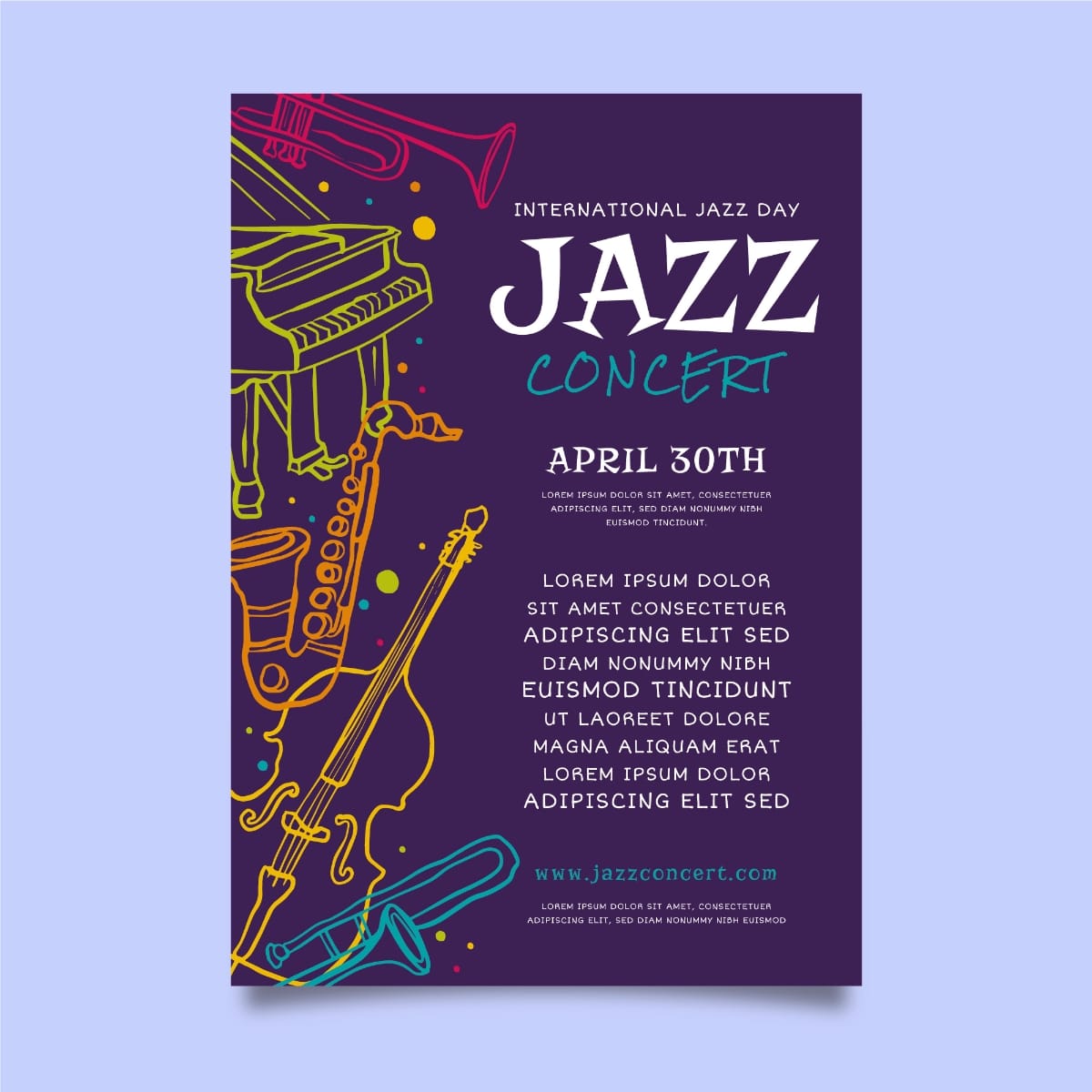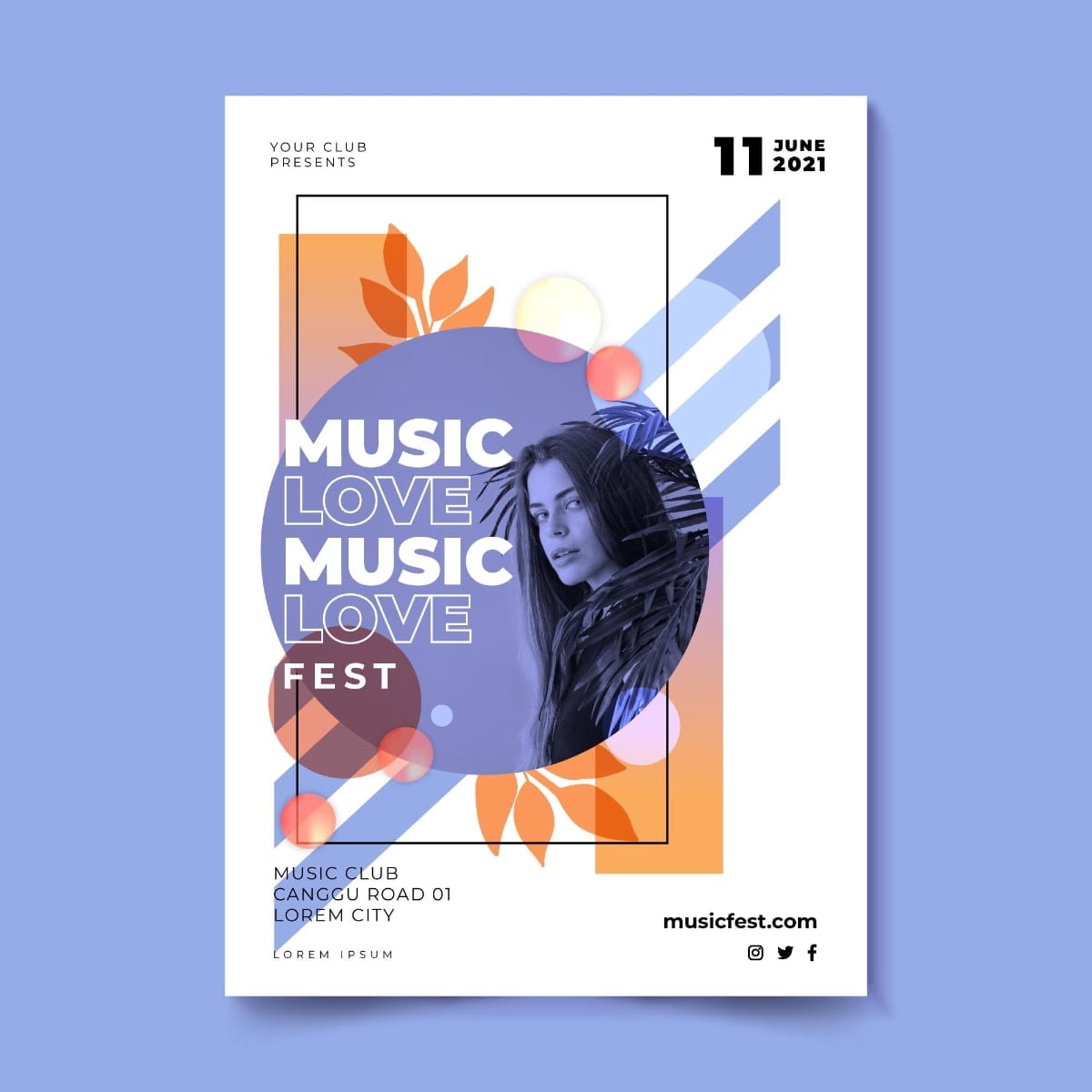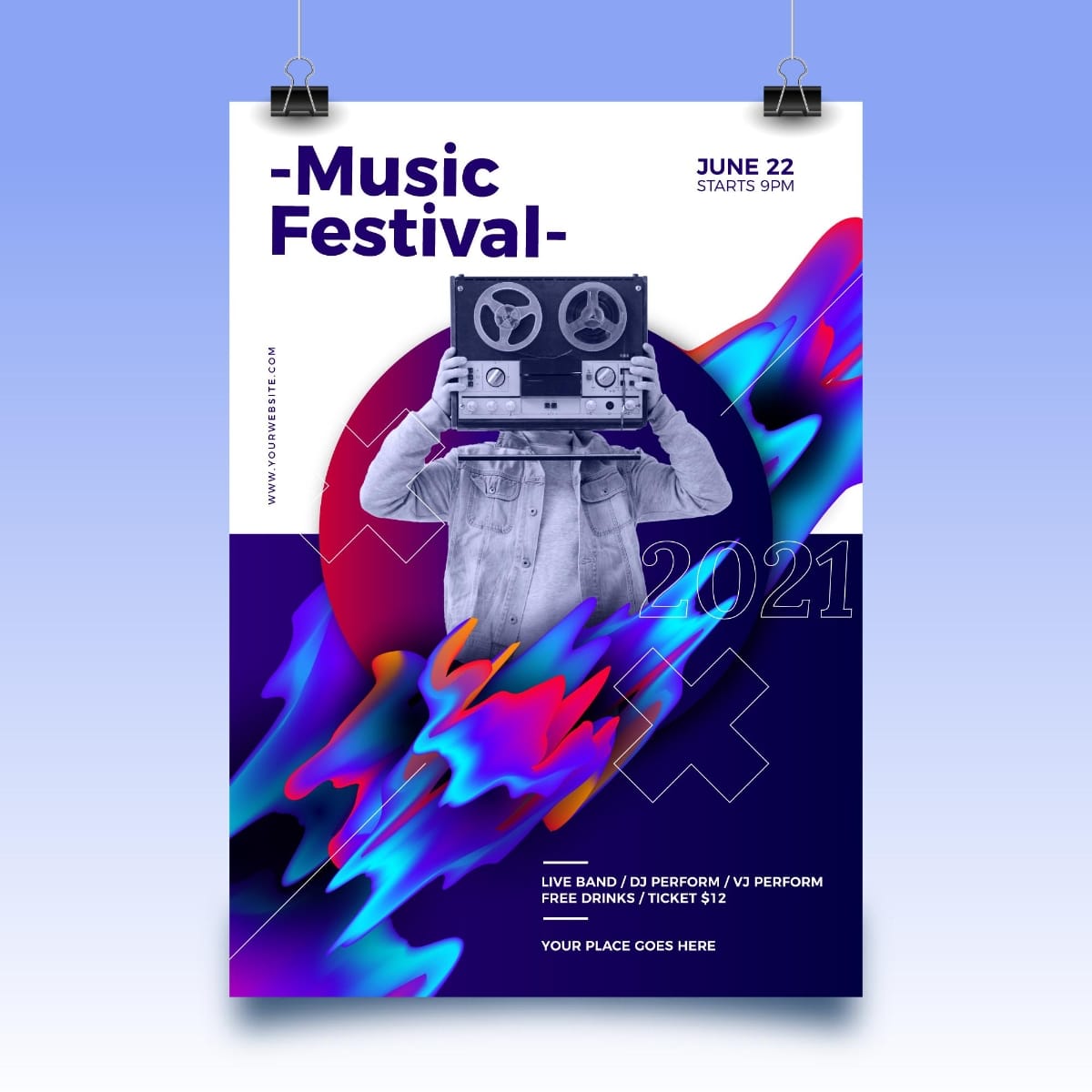
Jazz concert
An alternative to paperback is the glossy cover, otherwise known as a dust cover, found on magazines, and comic books.

An alternative to paperback is the glossy cover, otherwise known as a dust cover, found on magazines, and comic books.
Hardcover books have a stiff binding. Paperback books have cheaper, flexible covers which tend to be less durable. An alternative to paperback is the glossy cover, otherwise known as a dust cover, found on magazines, and comic books. Spiral-bound books are bound by spirals made of metal or plastic. Examples of spiral-bound books include teachers’ manuals and puzzle books (crosswords, sudoku).


There are several other types of books which are not commonly found under this system. Albums are books for holding a group of items belonging to a particular theme, such as a set of photographs, card collections, and memorabilia. One common example is stamp albums, which are used by many hobbyists to protect and organize their collections of postage stamps. Such albums are often made using removable plastic pages held inside in a ringed binder or other similar holder. Picture books are books for children with pictures on every page and less text (or even no text).
The longer I live, the more I realize that I am never wrong about anything, and that all the pains I have so humbly taken to verify my notions have only wasted my time!
Hymnals are books with collections of musical hymns that can typically be found in churches. Prayerbooks or missals are books that contain written prayers and are commonly carried by monks, nuns, and other devoted followers or clergy. Lap books are a learning tool created by students.
Dummy books (or faux books) are books that are designed to imitate a real book by appearance to deceive people, some books may be whole with empty pages, others may be hollow or in other cases, there may be a whole panel carved with spines which are then painted to look like books, titles of some books may also be fictitious.
The advent of paperback books in the 20th century led to an explosion of popular publishing. Paperback books made owning books affordable for many people. Paperback books often included works from genres that had previously been published mostly in pulp magazines. As a result of the low cost of such books and the spread of bookstores filled with them (in addition to the creation of a smaller market of extremely cheap used paperbacks) owning a private library ceased to be a status symbol for the rich.